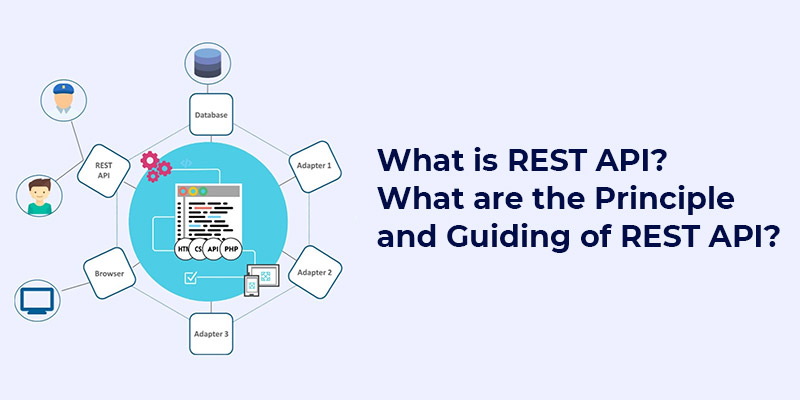
REST- stands for Representational State Transfer. It is an architectural style of Application Programming Interface. It describes the interaction between many intermediaries by dividing the information into individual packets. Roy Fielding introduced REST API in 2000. Are you looking for Rest Api Testing Online Course? FITA Academy is the right place to learn Api Testing Training at your home itself with live projects.
Like any different architectural style, the REST API has its six guiding constraints. They are listed below.
- Client-Server – By leaving the user interface attention from the data storage concerns, We can develop the portability of the user interface over various programs and increase scalability by simplifying the server components.
- Stateless – Each offer from the client to the server must include all the data necessary to understand the request and cannot get the support of any stored context on the server. The session state is kept entirely on the client.
- Cacheable – Cache restriction demand that the data within a reply to a request should be explicitly or implicitly labelled as non Cacheable or non-Cacheable. If an answer is cacheable, the client cache is granted the right to reuse that response data for later, equivalent requests.
- Uniform interface – By applying the software engineering principle of generality to the component interface, the system architecture is simplified, and the clarity of communications is developed. To get a uniform interface, multiple architecture constraints are required to guide the behaviour of components. REST has some interface constraints: They are the Manipulation of resources through representations, Identification of resources, Self-descriptive messages, and hypermedia as the engine of the application state.
- Layered system – The layered system style provides a structure formed of hierarchical layers by forcing element function such that each component cannot “see” behind the immediate layer with which they are interacting.
- Code on demand (optional) – REST provides consumer functionality to be increased by downloading and performing code in the order of scripts or applets. This explains the customers by decreasing the product of points needed to be pre-implemented. FITA Academy gives the best Rest Api Testing Online Course. Learn Rest Api Testing Online Training at your home with the help of well-experienced Instructors with 100% Placement Assistance.
